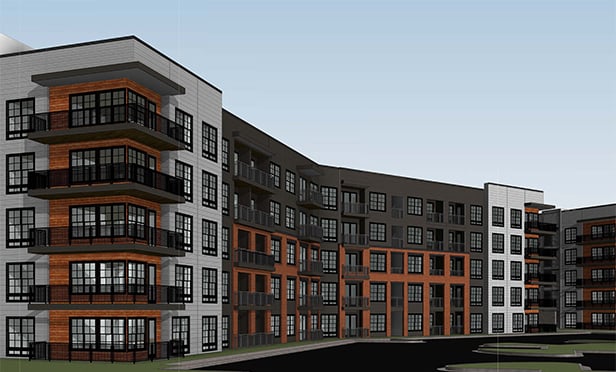NEW YORK CITY—With office loans representing 30%—more than any other property type—of the $354 billion in CMBS that will mature between now and 2020, it's valid to ask how sturdy the sector's underlying fundamentals are. The answer, according to Trepp LLC, varies not only by market but also by CMBS vintage.
Office markets in general have lagged the recovery compared to other property types, Trepp says in a new report, and the rate of recovery has been more uneven. “Large coastal markets have performed best, fueled by strong job growth and limited new construction,” according to the report. In particular, New York City and San Francisco are standouts. Conversely, second-tier markets are experiencing a more sluggish office market recovery due to slower job growth in those areas.
Even so, office occupancy nationwide increased 90 basis points year over year to 85.5% as of June, the report states, citing data from Cushman & Wakefield. “This momentum should help borrowers with maturing loans that need to be refinanced,” according to Trepp. Also welcome news to CMBS borrowers with loans coming due is cap rate compression.
Refinancing the wave of maturing office CMBS, which will total $41 billion in 2017 alone, is helping drive new CMBS origination, Trepp says. Office CMBS origination increased steadily more than tenfold over a four-year period, from $1.7 billion in 2010 to $22.4 billion last year. The first half of 2015 saw $10.3 billion in originations, 13% more than in the year-ago period.
That being said, the road to the near horizon isn't invariably smooth. Of the $14.6 billion in office CMBS that will reach maturity in the second half of this year, 28% is already delinquent, says Trepp. Furthermore, occupancy levels for that office product are lower on average than those for loans that come due in '17 or later.
There's also the changing nature of office space. Trepp cites a finding from workplace design company Knoll that workers now spend just 49% of their time in a company's main office, and quotes workplace expert Jacob Morgan's projection that millennials will comprise 75% of the workforce by 2025.
These factors have led to a dramatic reconfiguration in office design, affecting floor plans as well as the allotment of space per employee. “As these changes have spread from tech tenants to more traditional office occupants, the way tenants use office space has necessitated significant improvements to keep existing buildings from becoming functionally obsolete,” according to the Trepp report.
In the long run, Trepp says, “The changes tenants are requiring of their existing office space will reshape the market, leading to fluctuations in construction, vacancies, subletting and occupancies. Ultimately, retrofitting existing properties should lead to increased rent per square foot and occupancy levels.”
The wave of retrofitting could leave some properties high and dry. Trepp notes a possibility that “certain older buildings will be left vacant if property owners choose not to undergo significant upgrades. Regardless, this paradigm shift in what office environments should accomplish will take time to be reflected across the market and will affect tenanting in the interim.”
© Touchpoint Markets, All Rights Reserved. Request academic re-use from www.copyright.com. All other uses, submit a request to [email protected]. For more inforrmation visit Asset & Logo Licensing.







